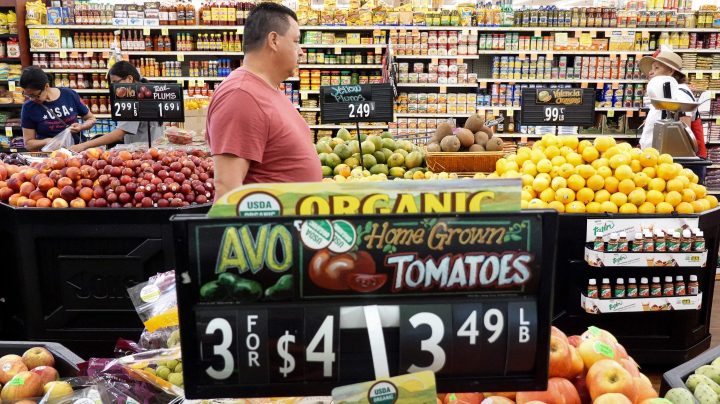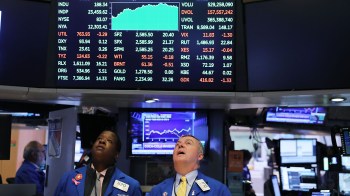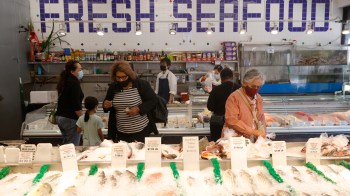
Let’s ask our crystal ball: Where will inflation be in 6 months?
Let’s ask our crystal ball: Where will inflation be in 6 months?

Inflation ticked up just a bit in August. Prices were up 3.7% from a year ago, according to the Bureau of Labor Statistics’ consumer price index. Core inflation, which excludes items like food and gas, came in at 4.3% year over year.
The general trajectory though still looks like price increases are getting weaker as time goes on. So where exactly will that take us?
Economist Ken Galbraith once said “The only function of economic forecasting is to make astrology look respectable.” So let’s try to make astrology look respectable.
Here’s what Alan Detmeister, economist at UBS Investment Bank, sees when he looks into his economic crystal ball: “So, in six months, you’ll be calling me up, we’ll have just had the February CPI release. What I expect is that we’ll be seeing core CPI increases that are still just a little bit above where the Fed is comfortable with.”
So prices will probably be around 3.25% higher than a year before, which is better than Wednesday’s numbers. Inflation for goods will be back to pre-pandemic levels or lower, Detmeister said. Inflation for services? Not so much.
“They’re kind of the last area where we haven’t seen clear signs of significant slowing,” he said.
Food is one of those extra volatile things that economists sometimes take out of the inflation equation, but we’ve all got to eat.
“Looking six months out from now, I would expect food inflation to continue to trickle lower,” said Jake Hanley, managing director of agricultural investment firm Teucrium ETFs.
That is assuming the cooperation of two things that are not known for being cooperative, Hanley added: “Good weather and the continuing availability of food.”
Availability meaning hopefully the Russian-Ukraine war doesn’t escalate and stop the flow of grain from Eastern Europe. There are other inflation wild cards.
“The big question is what happens to the labor market,” said Gus Faucher, chief economist at PNC financial services group. “Part of the slowing in core inflation is predicated on gradually slowing job growth, a bit more slack in the labor market, reduced wage pressures.”
If that happens too much and there’s a recession, inflation could come down faster; if the job market is too hot, inflation could fall more slowly. For now though, Faucher said that we’re on track to get back to the Federal Reserve’s preferred inflation target of around 2% by mid-2024.
There’s a lot happening in the world. Through it all, Marketplace is here for you.
You rely on Marketplace to break down the world’s events and tell you how it affects you in a fact-based, approachable way. We rely on your financial support to keep making that possible.
Your donation today powers the independent journalism that you rely on. For just $5/month, you can help sustain Marketplace so we can keep reporting on the things that matter to you.

















